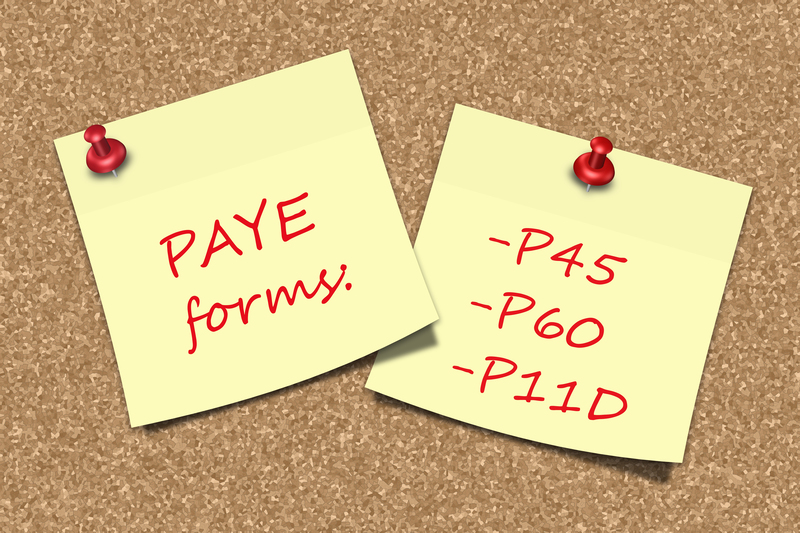The Dangers of Moving a Piano: Expert Advice and Insights
Posted on 02/06/2025
The Dangers of Moving a Piano: Expert Advice and Insights
Moving a piano may seem like a straightforward task, but it is fraught with risks, both to the instrument and to those involved in the process. While many homeowners might be tempted to save money by handling the move themselves, the reality is that pianos are not only heavy but also delicate and highly valuable. In this comprehensive guide, we explore the various dangers of moving a piano, provide practical advice from industry experts, and offer insights to ensure the safe transportation of your prized possession.
Understanding Why Pianos Are So Difficult and Dangerous to Move
Pianos are extraordinary instruments, known for their beauty, complexity, and musical range. They are also some of the most challenging objects to move due to their unique construction. Here's why:
- Sheer Weight: Upright pianos can weigh between 300-500 lbs, while grand pianos can tip the scales at over 1,000 lbs.
- Delicate Mechanisms: A piano consists of thousands of moving parts, many of which are incredibly sensitive to jarring and sudden movements.
- Irregular Shape: Their bulk, uneven weight distribution, and awkward dimensions make maneuvering through tight spaces exceptionally tricky.
- High Value: Pianos are not just instruments; many are family heirlooms or high-value assets that are expensive to repair or replace.
The Physical Dangers of Moving a Piano Yourself
Attempting to move a piano without professional assistance introduces a range of physical risks, especially for those without proper training or equipment.
- Back Injuries: Improper lifting techniques can cause severe back injuries, muscle strains, and even spinal damage.
- Crushed Fingers and Toes: One slip can result in serious injuries from the piano's tremendous weight.
- Trips and Falls: Navigating stairs or thresholds increases the risk of dropping the piano--or yourself!
- Pulled Muscles and Joint Injuries: Even with several helpers, the awkward lift and uneven load can cause strains and sprains.
- Head Trauma: If a piano tips unexpectedly, it can cause head injuries that require emergency care.
Expert movers emphasize the importance of safety and preparation, noting that "one miscalculation can lead to devastating results," both for the mover and the instrument.
The Risk of Piano Damage: Beyond Surface Scratches
It's easy to think of piano damage as cosmetic, but the repercussions of mishandling extend far beyond a few surface scratches:
- Internal Mechanism Damage: The harp (frame), strings, hammers, and keys are all susceptible to impact-related shifts and breakages.
- Tuning Instability: Even minor jolts can throw off your piano's finely tuned mechanisms, leading to costly repairs.
- Cracked Wood or Broken Legs: The wooden cabinet, legs, and pedals are vulnerable to cracks and splits if the instrument tips or is handled roughly.
- Soundboard Damage: This critical part of the piano creates its resonance. Damage can be catastrophic and often irreparable.
Repairing a dropped or mishandled piano often costs far more than hiring a professional in the first place. Experts warn that improper transport can reduce a piano's lifespan by years, or destroy its value altogether.

Professional Insights: What Expert Movers Say About Piano Relocation
Professional piano movers bring invaluable experience and specialized equipment to the job. Here's what they recommend:
- Always plan your route. Measure doorways, staircases, and hallways. Remove obstacles in advance.
- Use specialized moving equipment: Professionals employ piano dollies, skids, heavy-duty straps, and padding to protect the instrument and surroundings.
- Disassemble when possible: Experts recommend removing legs, pedals, or the lyre from grand pianos to minimize damage risk.
- Teamwork is essential: Never attempt a move solo; professional moves typically involve three or more trained individuals.
- Know your limits: If you lack experience or necessary equipment, call in professionals.
According to a renowned piano moving company: 'We've seen countless cases where well-meaning individuals have permanently damaged a beloved family piano. It pays to invest in proper relocation rather than risk loss.'
Hidden Dangers: Insurance and Liability
Many homeowners insurance policies exclude coverage for items damaged during a move--especially if the move was not conducted by licensed professionals. If you damage a piano in the process, you might be left footing the entire bill for repairs or replacement. Furthermore, if someone is injured while helping, you could be held liable for their medical expenses.
- Professional movers are insured: This means your piano is protected financially in the event of accidental damage.
- Reduce personal liability: Letting experts handle the job means you're not responsible for injuries or mishaps.
Comprehensive Steps for Safely Moving a Piano
Even with some knowledge, we still strongly recommend hiring professionals. However, if you must attempt moving a piano yourself, follow these vital steps for the least risk:
1. Evaluate the Move
Assess the size, weight, type, and value of your piano. Grand pianos and antique uprights require special care. Factor in stairways, tight corners, and physical strength needed.
2. Gather Moving Supplies
- Piano dolly and heavy-duty straps
- Moving blankets and padding
- Work gloves with good grip
- Protection for floors and doorways
- Tools for partial disassembly
- Proper vehicle with a ramp or liftgate
3. Protect the Piano
Wrap all surfaces in thick moving blankets, secured with tape or straps. Remove any removable parts, such as the music stand or legs, and pack them separately.
4. Prepare the Pathway
- Clear the route of obstacles, rugs, or tripping hazards.
- Protect walls and door frames with padding.
- Measure all passageways in advance--don't assume it will fit!
5. Execute the Move Carefully
- Use a team of at least three people. Lift with legs, not your back.
- Maintain upright positioning--tilting a piano can damage internal workings.
- Slow, coordinated movements--never rush.
- Monitor the condition at every step.
6. Secure the Piano in the Moving Vehicle
Place the piano upright against a solid surface in the truck and secure it with straps. Avoid standing it on its legs alone; use a dolly for grand pianos and block wheels for uprights so they can't roll.
Common Mistakes Non-Professionals Make When Moving a Piano
- Underestimating the weight - assuming two people can handle it.
- Improper handling - lifting by fragile parts like legs or lid.
- Skipping disassembly of detachable components.
- Rushing through narrow spaces or stairs.
- Failing to measure hallways and doorways in advance.
- Ignoring the need for proper insurance coverage.
Each of these errors can lead to catastrophic damage--not only to your piano but also to your home or those helping you.
Why Professional Piano Movers Are Worth the Investment
When evaluating the cost of professional movers versus the risk of moving a piano yourself, consider these key benefits:
- Specialized equipment and techniques that ensure safe handling.
- Highly trained teams with years of experience navigating tricky moves.
- This minimizes the risk of injury, damage, and costly repairs.
- Full insurance coverage for peace of mind.
- Proper setup at the destination, ensuring your piano is ready for playing.
Ultimately, investing in a professional move protects both your beloved instrument and your well-being.

Essential Aftercare: What to Do Once the Piano Arrives
Even after a move is completed, a piano requires special care and attention:
- Let the piano acclimate to the new environment for at least 24 hours before playing.
- Schedule a professional tuning, as the movement often disrupts string tension.
- Check for visible signs of damage or loose components.
- Maintain stable humidity conditions to preserve wood and internal components.
Conclusion: The Smartest Way to Move a Piano
The dangers of moving a piano are significant--from the risk of serious personal injury to the potential for irreparable damage to your valuable instrument. While DIY approaches are tempting, the safest and most cost-effective method is to hire experienced, insured piano moving specialists. This ensures your piano arrives in perfect condition, ready to inspire and delight for years to come.
Protect yourself, your home, and your piano--trust the experts when it comes to moving a piano safely. Your instrument--and your back--will thank you.





